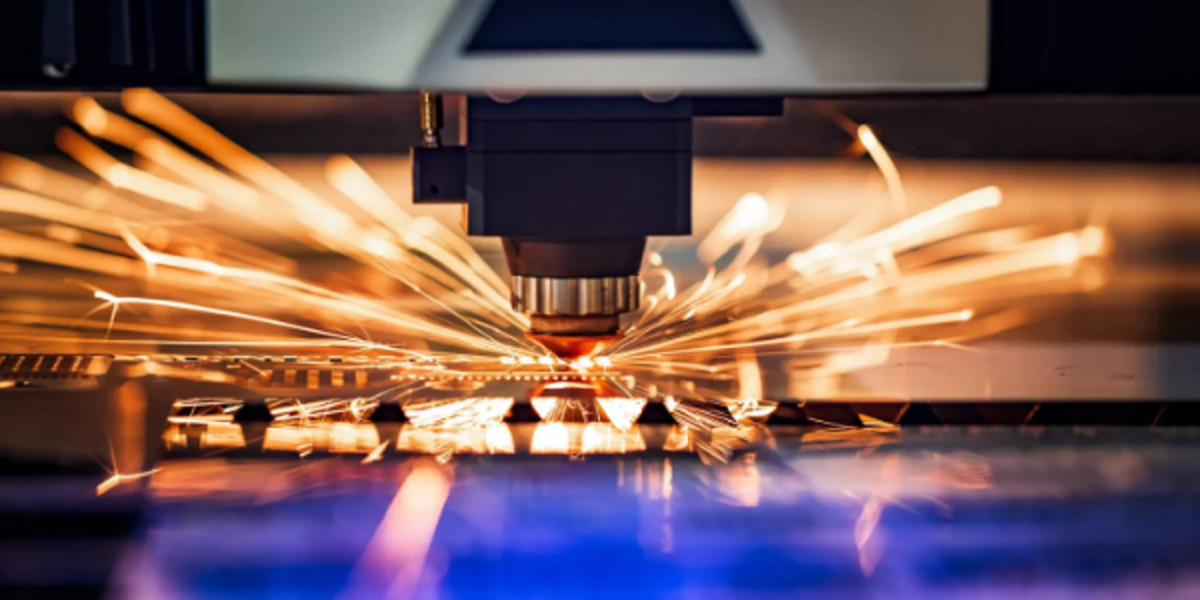Illuminate Your Adventures: Discover the Ultimate LED Headlamp for Every Occasion!
In recent years, LED headlamps have surged in popularity among outdoor enthusiasts and DIYers alike. These versatile tools provide hands-free lighting, making them ideal for a myriad of activities—from camping under the stars to working on home improvement projects. The advantages of using LED technology are numerous: they are energy-efficient, long-lasting, and provide bright illumination when you need it most. However, with the variety of options available, selecting the right LED headlamp tailored to your personal needs is crucial. In this article, we will explore the features and considerations to keep in mind as you delve into the world of LED headlamps.

Understanding LED Headlamps
LED headlamps are portable lighting devices that are worn on the head, allowing for hands-free operation. They typically consist of a lightweight band that secures the lamp to the head, along with a light-emitting diode (LED) as the light source. Unlike traditional incandescent bulbs, which can consume more power and have shorter lifespans, LEDs offer a brighter output with significantly lower energy consumption. This technology not only enhances brightness but also increases battery life, making LED headlamps a reliable choice for extended use. Whether you’re navigating a dark trail or repairing something in your garage, the combination of portability and efficiency makes LED headlamps an indispensable tool for modern adventurers.
Key Features to Consider When Choosing a LED Headlamp
When selecting an LED headlamp, several key features should be considered to ensure it meets your needs. First and foremost is brightness, measured in lumens; higher lumens indicate a brighter light, which is essential for activities in low-light conditions. Next, consider the battery type—rechargeable batteries can save money in the long run, while disposable batteries may be more convenient for short-term use. Weight is another important factor; a lightweight headlamp will be more comfortable during prolonged wear. Additionally, beam distance and adjustable brightness settings can significantly enhance usability. A headlamp with a wider beam is great for close-up tasks, while a focused beam is better for long-distance visibility. Comfort features, such as adjustable straps and padding, should also be prioritized to ensure a snug fit during your activities.
Choosing the Right LED Headlamp for Specific Activities
Choosing the right LED headlamp often depends on the specific activities you plan to undertake. For camping, look for a model with a red light mode to preserve night vision and a longer battery life for extended trips. If you’re hiking, opt for a lightweight and water-resistant option, as weather conditions can change rapidly. Runners might prioritize a headlamp with a broad beam for better visibility on trails, while DIY enthusiasts should seek a model that offers adjustable brightness and a comfortable fit for extended use. Each activity has its unique demands, so understanding these requirements will help you select the most suitable headlamp.
Maintenance and Care for Your LED Headlamp
To keep your LED headlamp in good working order, avoid exposing it to extreme temperatures and moisture. Clean the lens and components regularly with a soft cloth to prevent dirt and grime from affecting performance. Ensure that your batteries are fully charged before use, and replace disposable batteries when they run out. Follow the manufacturer’s recommendations for proper care; many headlamps have guidelines for storage and maintenance to enhance longevity. Simple care can significantly affect the performance of your headlamp, so be sure to follow these guidelines to get the most out of your lighting tool.
Choosing the Right LED Headlamp for Your Needs
In summary, LED headlamps are invaluable tools that enhance both outdoor adventures and everyday tasks. By understanding the key features and selecting a model tailored to your specific activities, you can ensure that your headlamp meets your needs effectively. Whether you're camping, hiking, or tackling a DIY project, the right LED headlamp can illuminate your path and provide the convenience of hands-free lighting. Take the time to research and choose wisely, and you'll be well-equipped to embrace any challenge that comes your way.






